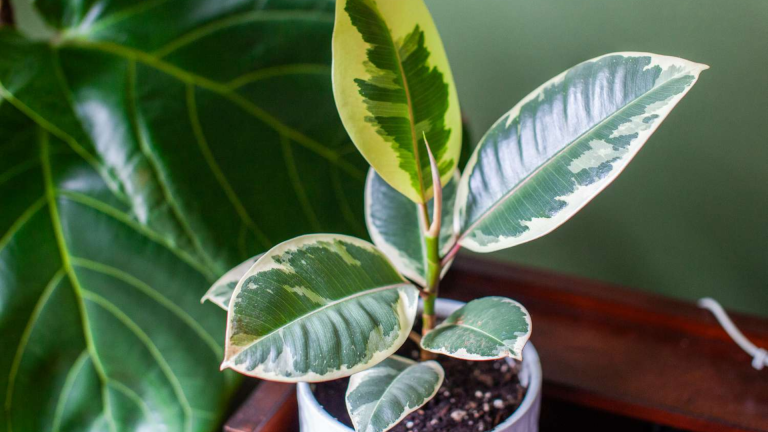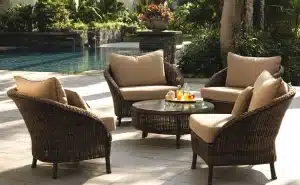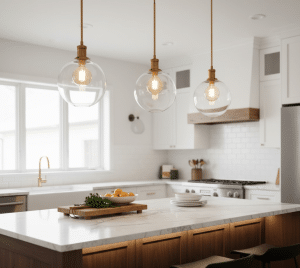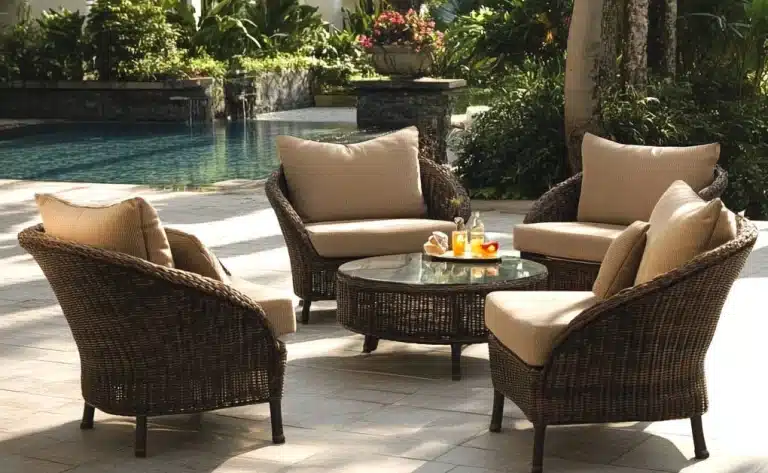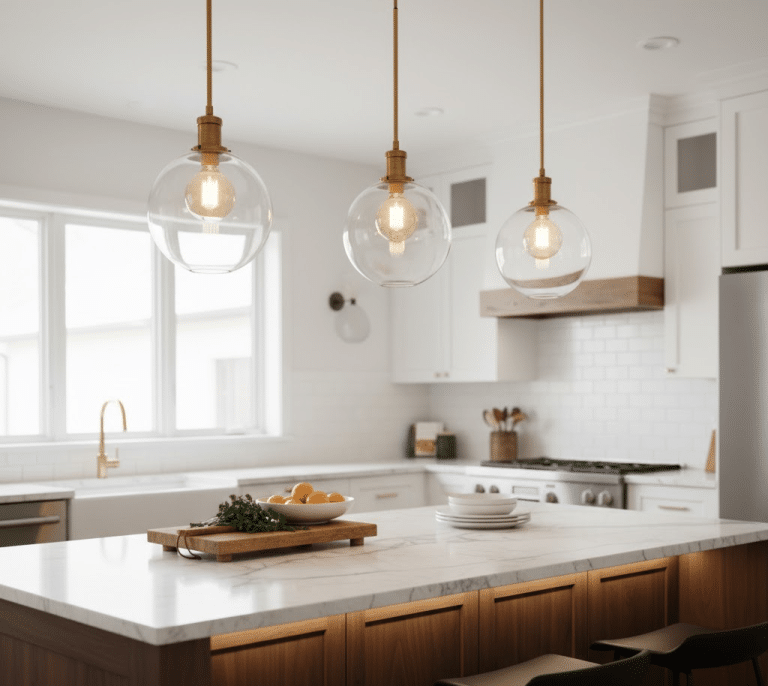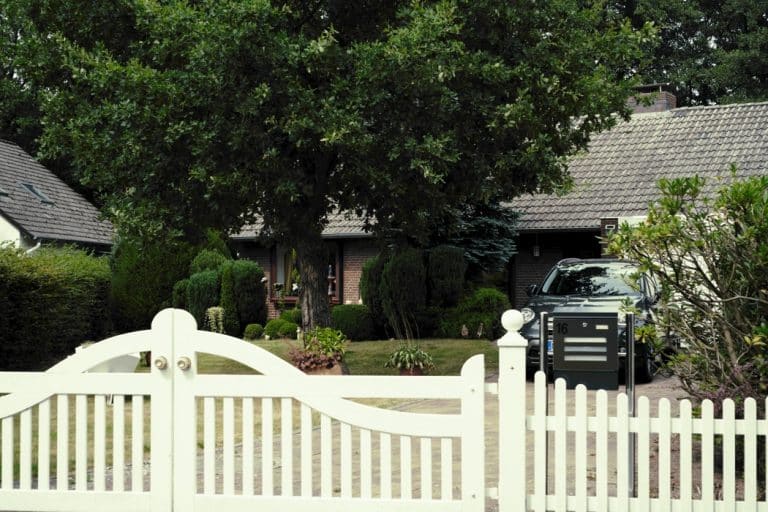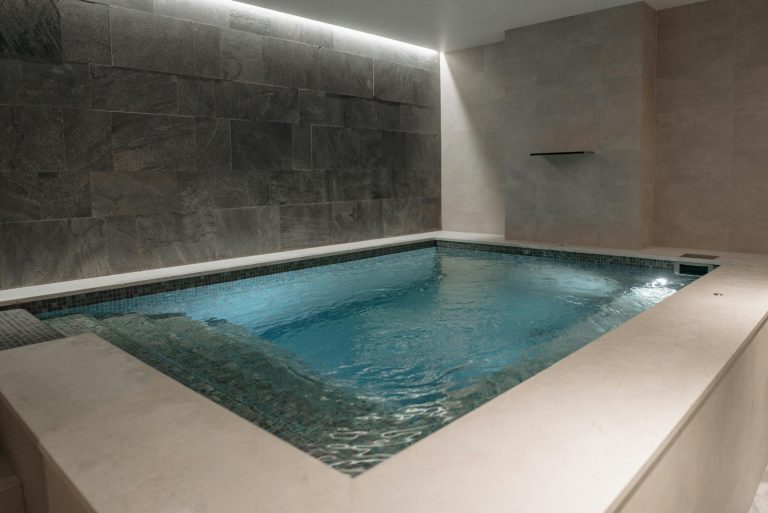Looking to add some green to your home? The rubber plant (Ficus elastica) might be just what you need. These plants are becoming more and more popular in homes and offices across the country – and for good reason!
Rubber plants are easy to care for and look great in almost any space. With their shiny leaves and rich green color, they add life to any room without demanding too much attention.
In this blog, you’ll find real-life benefits of having a rubber plant in your home. From cleaner air to a touch of nature in your living space, these plants offer more than just good looks.
I’ve done the research and gathered facts from plant experts. By the end of this post, you’ll know exactly why a rubber plant might be the perfect addition to your home.
Let’s get into what makes rubber plants so special and how they can improve your living space right away.
Why Choose Rubber Plants for Indoor Spaces?
Rubber plants stand out as top picks for homes and offices. I’ve found they fit perfectly in almost any room. You don’t need a green thumb to keep them alive. These plants thrive where others fail. They can handle less-than-perfect conditions and still look good. Forgot to water for a week? They’ll forgive you.
What makes rubber plants special is their toughness. They don’t mind if the light isn’t perfect. They grow well in spots where the sun doesn’t shine all day. Unlike fussy plants, rubber plants won’t die if you make small mistakes. This makes them perfect for busy people or those new to plant care.
The best part? Rubber plants clean the air while looking good. Their big, glossy leaves catch dust and pull bad stuff from the air. You’ll find that rubber plants grow at your pace. They won’t take over your home overnight, but they will get bigger and more beautiful with time.
When you pick a plant for your home, you want one that gives back more than it takes. Rubber plants do just that – they ask for little but offer many perks in return.
Key Benefits of Indoor Rubber Plants
I’ve grown rubber plants for years and seen their positive effects firsthand. You might be surprised by how much these plants can improve your home.
1. Air Cleaning Abilities
Rubber plants act like natural air filters in your home. Their large leaves catch dust and pull harmful chemicals from the air. I’ve noticed less dust in rooms with these plants. You might breathe easier with a rubber plant nearby, especially if you live in a city or near busy roads.
2. Low Maintenance Care
These plants don’t ask for much attention. Water them when the soil feels dry and give them some light – that’s about it. I often forget to water mine for days, yet they stay healthy. You can go on vacation without worrying about coming home to a dead plant.
3. Long Lifespan
Rubber plants can live for many years with basic care. I have one that’s been with me for over a decade. You won’t need to replace them every season like other houseplants. This makes them a smart long-term addition to your home.
4. Space Efficiency
These plants grow upward more than outward. They fit well in tight spots and corners where other plants wouldn’t work. I keep one next to my bookshelf without losing floor space. You can enjoy the benefits of a large plant without giving up precious room in smaller homes.
5. Resistant to Pests
Rubber plants have tough leaves that most bugs don’t like. I rarely find pests on mine compared to other houseplants. You’ll spend less time treating plant problems and more time enjoying their beauty. Their natural resistance makes them nearly worry-free.
6. Striking Appearance
The deep green, shiny leaves stand out in any room. I love how they catch light and add depth to my space. You’ll find they make great focal points or background plants depending on your needs. Their classic look fits with many different home styles.
7. Mood Boosting Effects
Plants can make us feel better, and rubber plants are no exception. I feel calmer when surrounded by greenery at home. You might notice an improvement in your mood after adding these plants to your living space. The simple act of caring for them can be stress-relieving.
8. Value for Money
For what you pay, rubber plants give back a lot. I bought a small one for under $20 that grew into a beautiful plant worth much more. You get years of growth and beauty for a modest starting price. Few home items provide such lasting value.
9. Toxin Reduction
Studies show these plants can remove harmful chemicals like formaldehyde from indoor air. I placed one near my new furniture to help with off-gassing. You might notice fewer headaches or less eye irritation with these natural air cleaners around.
10. Humidity Regulation
Rubber plants release moisture into the air through their leaves. I keep them in drier rooms of my house to help balance humidity levels. You might find this helpful during winter months when heating systems dry out your home’s air.
11. Temperature Stability
Large plants like these can help keep room temperatures steady. I notice less temperature change in rooms with my bigger rubber plants. You might save a bit on heating or cooling costs with these green helpers working for you.
12. Sound Absorption
The broad leaves of rubber plants can help reduce noise in your home. I put one in the corner of my home office to cut down on echoes. You might find they create a more peaceful environment, especially in apartments or busy households.
13. Easy to Grow New Plants
You can make new rubber plants from cuttings of your existing one. I’ve given plant babies to friends made from my own rubber plant. You could start with one plant and end up with several over time, saving money while expanding your collection.
14. Year-Round Greenery
Unlike seasonal plants, rubber plants stay green all year. I enjoy having this touch of life in my home during winter months. You won’t have to deal with dormant periods or loss of leaves when the seasons change. They remain constant while other plants come and go.
15. Conversation Starter
These plants often catch visitors’ attention and spark chats. I’ve had many conversations start because someone noticed my rubber plant. You might find they help break the ice when having guests over. Their unique look and size make them natural talking points.
Tips for Caring for Your Indoor Rubber Plant
Now that you know all the benefits, let’s talk about how to keep your rubber plant happy and healthy. I’ve learned these tips through years of trial and error with my own plants.
1. Finding the Right Light: Rubber plants like bright, indirect light. I keep mine near east or west-facing windows. You should avoid direct afternoon sun as it can burn the leaves. If your plant’s leaves start turning yellow, it might need more light.
2. Watering Schedule: Water your rubber plant when the top inch of soil feels dry. I check mine by sticking my finger into the soil. You’ll want to water less in winter and more in summer. Overwatering is the most common killer of these plants.
3. Soil and Pot Selection: Use well-draining soil mixed with perlite or bark. I plant mine in pots with drainage holes at the bottom. You should repot every 2-3 years when roots start coming out of the drainage holes.
4. Cleaning the Leaves: Wipe the leaves with a damp cloth once a month. I find this keeps them shiny and helps them absorb more light. You’ll also remove dust that can block their pores. Remember that clean leaves leads to healthy plant.
5. Temperature and Humidity: Keep your plant in rooms between 65-80°F. I avoid placing mine near drafty windows or heating vents. You can increase humidity by placing the pot on a tray with pebbles and water, but don’t let the pot sit in water.
Common Myths About Rubber Plants
There’s a lot of wrong information out there about rubber plants. I want to clear up some of these myths so you can feel good about having one in your home.
1. All Rubber Plants Are Toxic to Pets
Rubber plants can make pets sick if eaten in large amounts. I keep mine on high shelves away from my cat. You should know that most pets avoid these plants naturally. A small nibble likely won’t harm them, but check with your vet if worried.
2. They Need Constant Light
Rubber plants don’t need sun all day long. I’ve kept mine in rooms with just a few hours of light. You can place them several feet from a window and they’ll do fine. Too much direct sun can actually burn their leaves.
3. They Grow Too Big for Homes
While they can get tall, growth is slow indoors. I’ve had mine for years, and it’s stayed a good size. You can also trim them to control their height. They won’t suddenly take over your home overnight!
4. Rubber Plants Need Daily Watering
These plants hate being overwatered. I water mine only when the soil is dry an inch down. You might only need to water yours once every 7-10 days. Less water is often better than too much.
5. They Die Easily
Rubber plants are actually tough. I’ve made plenty of mistakes with mine, and it’s still alive. You can forget to water or place them in less-than-perfect light, and they’ll forgive you. These plants can handle some neglect.
Conclusion
Rubber plants offer so much more than just good looks. I’ve seen firsthand how they can change a room, not just in how it appears, but in how it feels.
These plants work for you in ways you might not even notice. They clean your air, add life to your space, and need very little in return. That’s a rare find in today’s world.
If you’re on the fence about getting a rubber plant, I hope this article has helped you decide. You don’t need special skills or tools to keep one happy.
Start with one small plant and watch as it grows alongside you. The benefits stack up over time, just like the new leaves that will unfurl.
Your home deserves a touch of green that gives back more than it takes. A rubber plant might be the perfect place to start.


